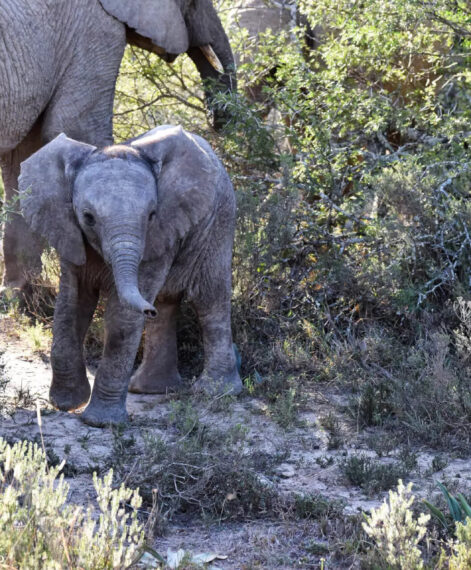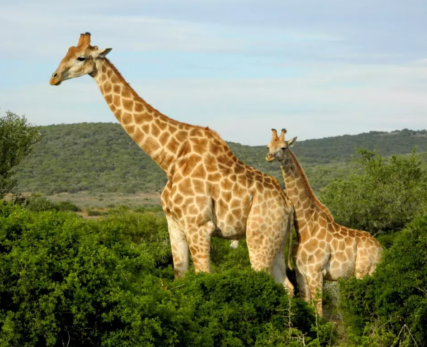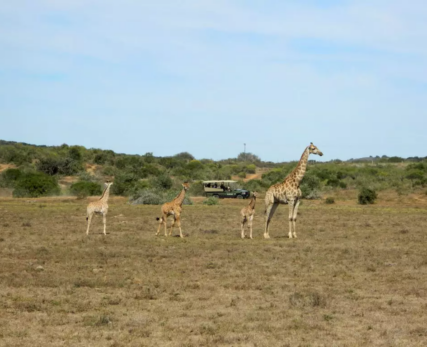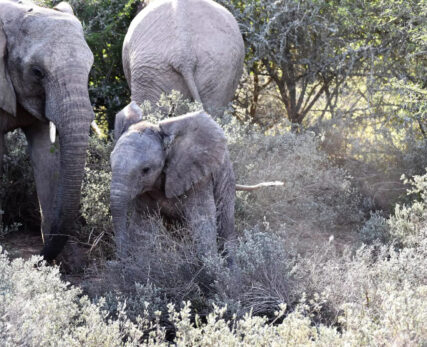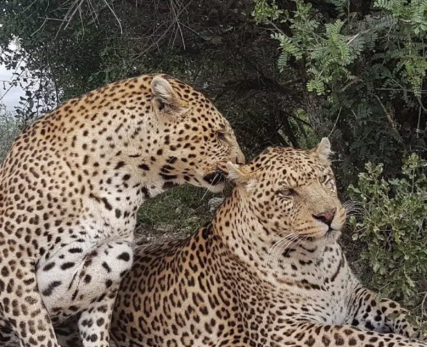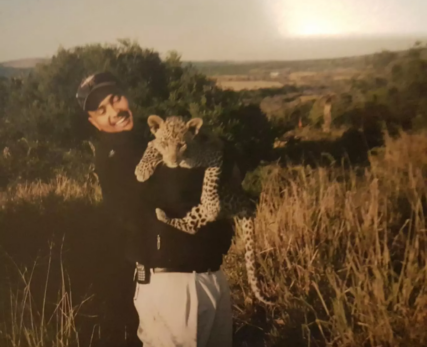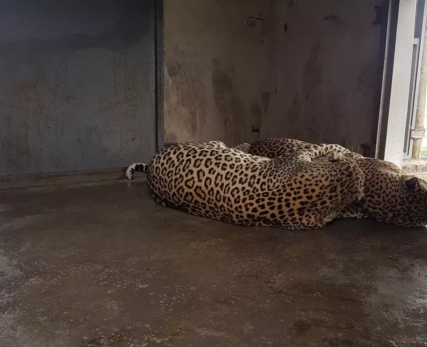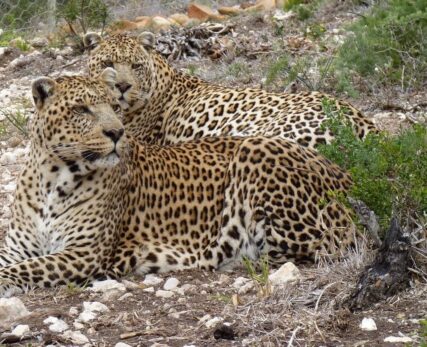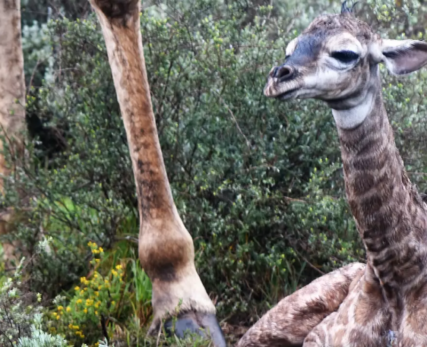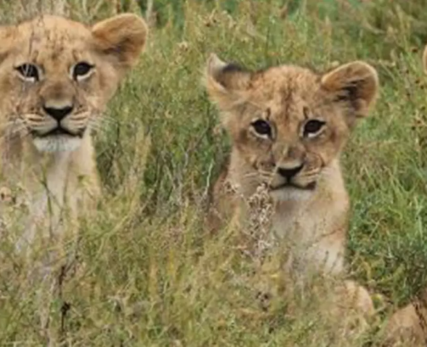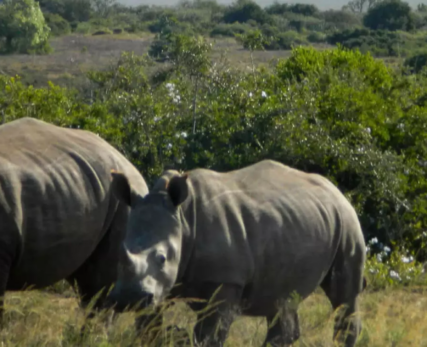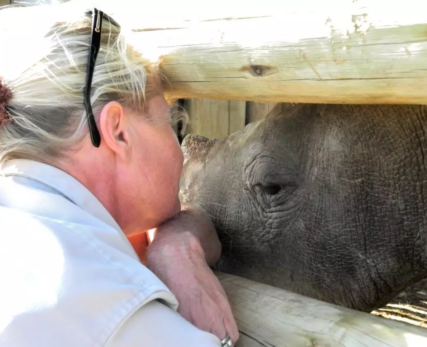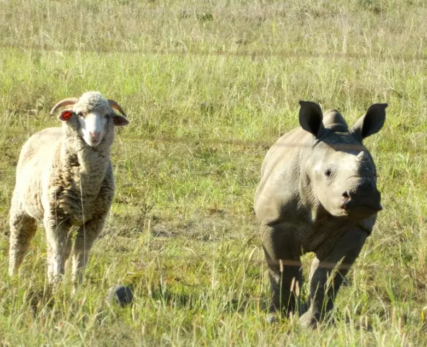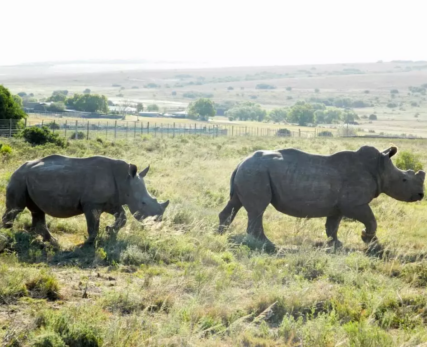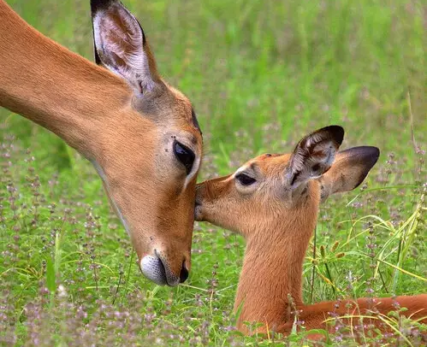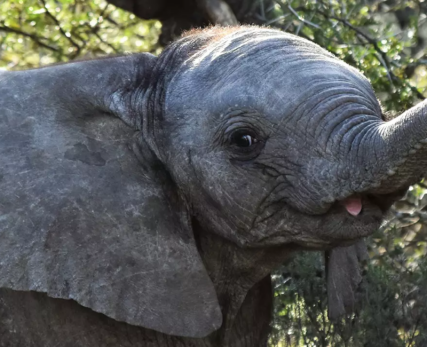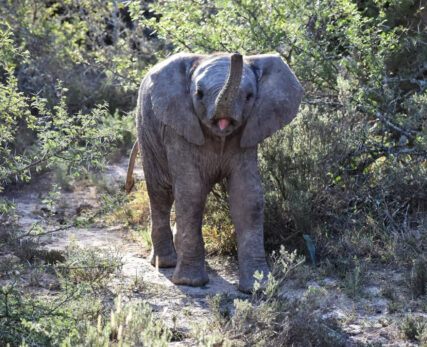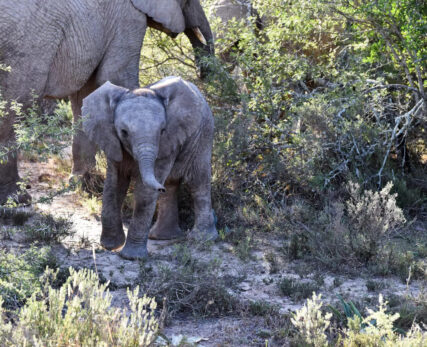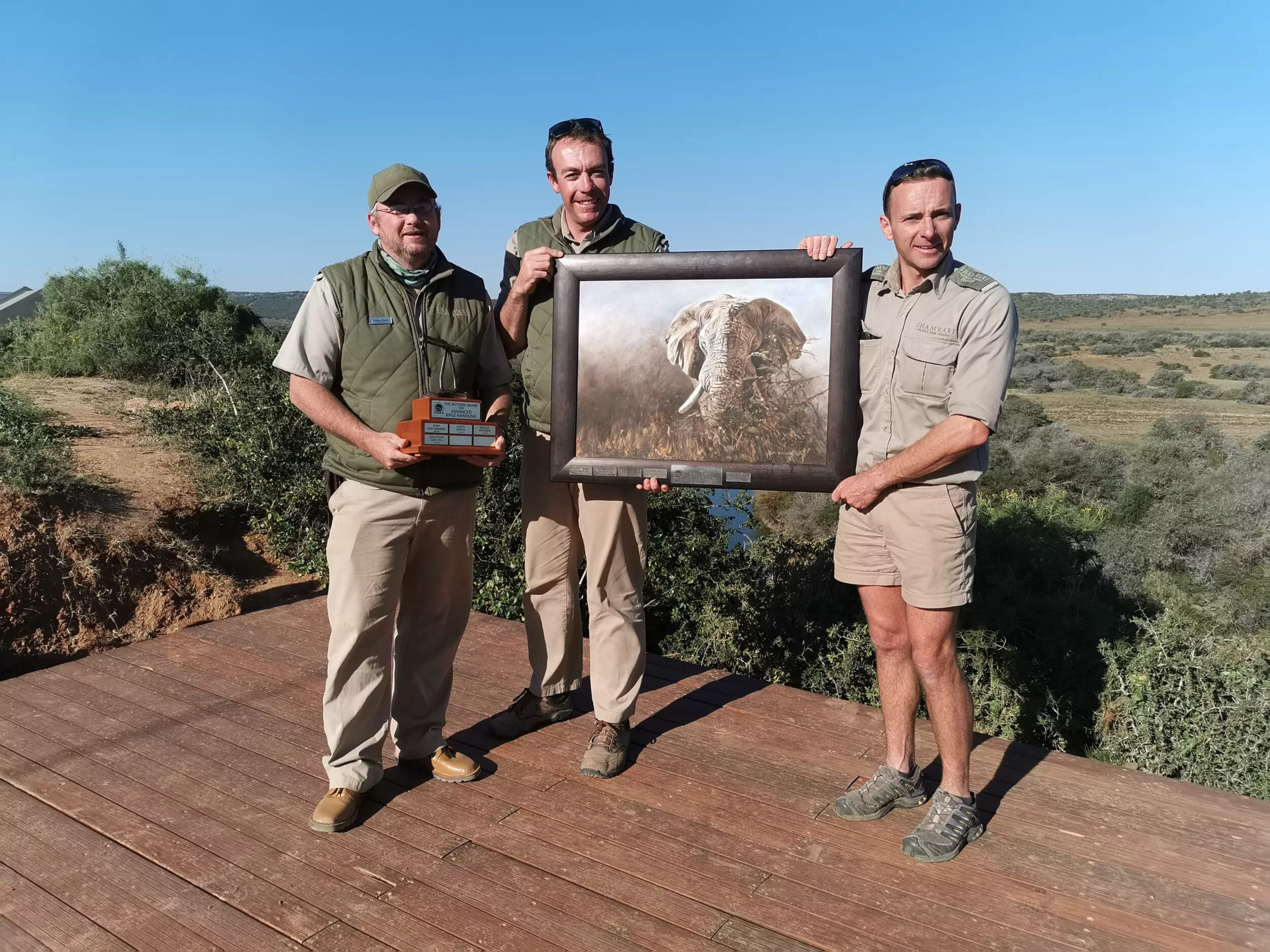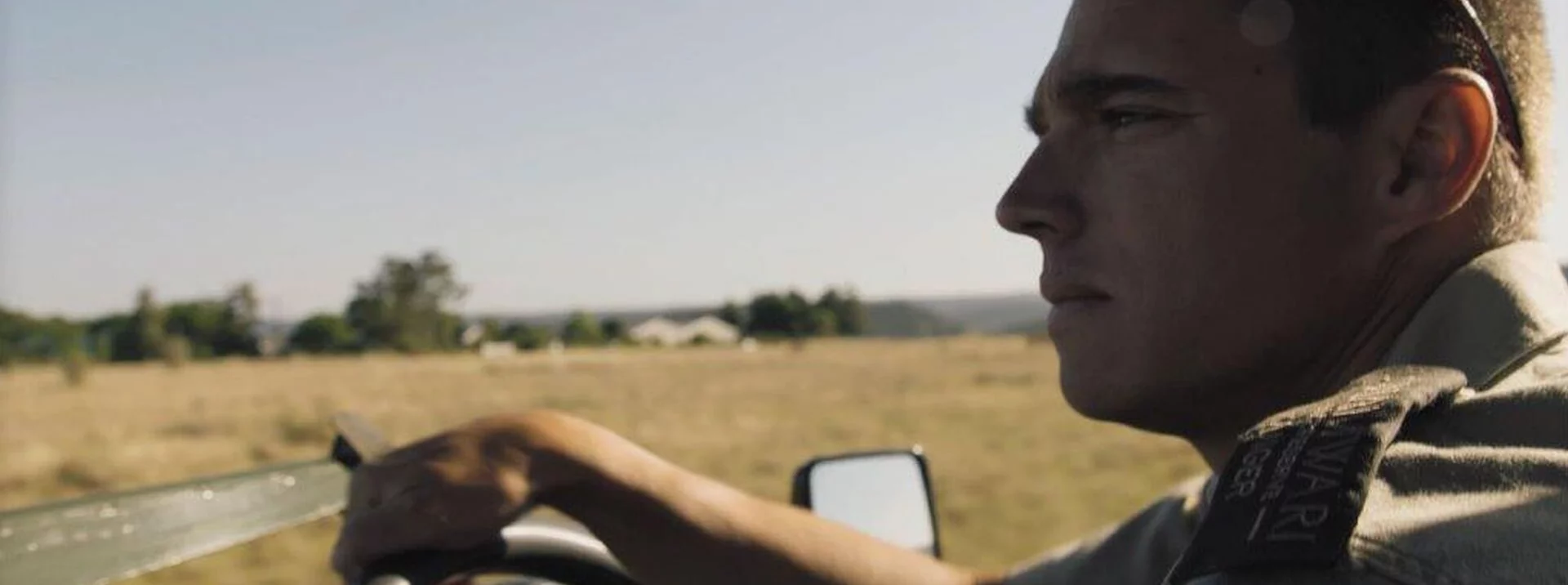To reinforce the concept of preservation and conservation, we have an animal rescue and educational programme in partnership with the Born Free Foundation. The Born Free Foundation is an international wildlife charity working throughout the world to stop individual wild animal suffering and protect threatened species in the wild. The Julie Ward Centre and The Jean Byrd Centre are our two big cat sanctuaries where big African cats are cared for.
The Leopard Triplets
These leopards were found motherless, by soldiers in Sudan, North Africa. When the soldiers realised they couldn’t care for the un-weaned cubs, they packaged them up in a box and sent them to the offices of Lundin Oil. The cubs were in a very poor condition but the staff at Lundin Oil nursed them back to health. Virginia Lundin contacted Born Free, asking if we could find a home for the cubs. With our facilities available, Shamwari offered to take in the triplets at the Julie Ward Centre and so the young leopards arrived at Shamwari Game Reserve on 3rdJuly 2001.
About our Born Free Sanctuaries:
It would be unusual if you don’t catch sight Alam and Sami at our Southern Born Free Sanctuary. These leopards were hand-reared and still very much enjoy human company. This is a legacy many hand-reared animals are left with. On some lion-breeding farms, or in circuses, for example, cubs are deliberately removed from their mother at a few days old, to make them safe to handle by tourists and by their trainers. Many are then discarded when they grow older and more dangerous.
Unfortunately, it was not possible to return the cubs to the wild in the reserve here. Shamwari would not be given permission and as the cubs are too human-friendly they could become a danger. We recognise captivity is second-best for these wild-born animals – but at Shamwari they are offered an excellent home.
The young leopards were all neutered to stop sexual aggression and territorial behaviour developing, and they remain affectionate playmates.
Nimira:
On the 20th April 2017, sadly Nimira died, with a sudden onset of liver disease that did not respond to any treatment, she was 16 years old. So, a very sad day for us at the team on the ground. I had known her as a little cub that ran around the centre and taking food out of my hands, yes, they use to spend the nights in the centre as it was winter when they arrived here at Shamwari, and it was not fun at all to take them out as they would claw me and made sure they showed they were not happy with me and did not want to spend the day in the main camp, good times it was.
Our policy is not to handle our rescued cats, but the triplets arrived in winter as hand-reared cubs, so we used to keep them indoors at night as it got too cold for them. In the mornings we would take them out to their enclosure and we used to carry them as if we let them walk, they would be all over the place. Happy memories. So, here is a moment with me and Nimira, taken by our Animal Care Manager at that time, Tim Parratt.
